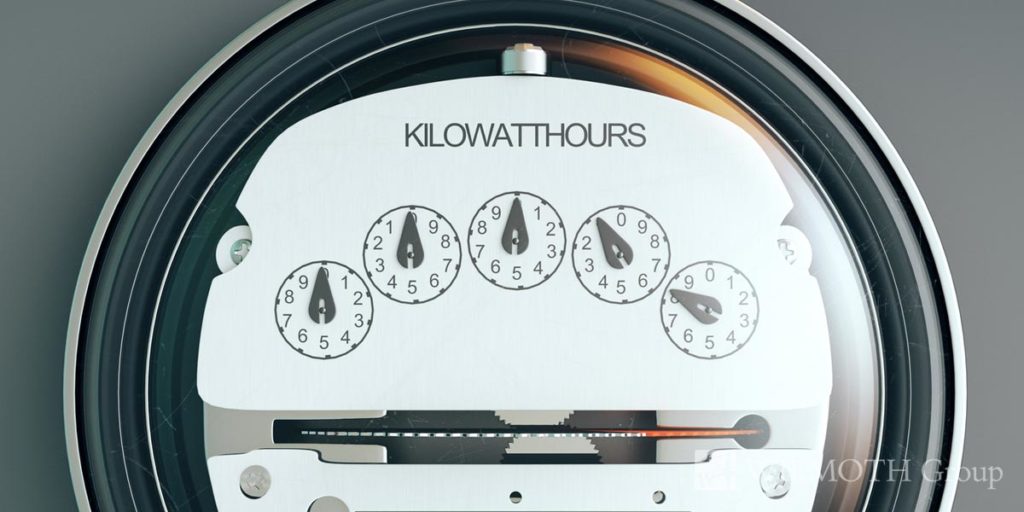One of the common issues investors find when they acquire a multi-family property is shared utility meters. Sometimes buildings will already have been fitted with submeters which makes charging each unit simple. But, when the building has single shared utility meters, the owner will need to decide a plan for bringing the building, and all of its tenants, into a fair utility sharing arrangement.
When first acquired the owner may find the building has a hodgepodge of different utility processes. The first step is to review each inherited lease. The processing of utilities will be governed by those leases. If the previous owner did not have a uniform utility policy there will be some decisions to make. Even if they did, it is prudent to review utilities and make sure the best approach is being used.
The best approach will be a combination of:
- Ease of use and implementation
- Fairness to tenants
- Covering the owner’s costs
Ultimately it will be up to the owner to negotiate new lease terms or wait until new leases are executed to enact a cohesive utility policy.
Options Available For Shared Utility Meters
Divide The Bill Evenly
This is the easiest method. It is also going to be the most unpopular with your tenants. Why? Because some will complain they shouldn’t pay for the long showers they can hear in the unit above them. Or the fact that they like living with their windows open and other units are using air conditioners.
Submeters
If at all possible, installing submeters to each unit will provide the most accurate and fair method for billing tenants. There is more labor involved as a regular system must be created for the landlord to read and bill each meter. This will also be the most costly solution. For all of these reasons, many landlords do not consider submeters as an option.
Ratio Utility Billing System (RUBS)
When installing sub-meters is out of the question, possibly a RUBS system could be implemented RUBS is considered the most cost-effective and fair method to use with shared utility meters. RUBS is a simple method to divide each utility bill among all the tenants using a standard criteria for measurement. The landlord then allocates each utility bill based on the ratio factor. Each tenant is then billed for their share of each utility.
Here are some options for the criteria that could be used for determining the RUBS:
Square footage of the unit divided by square footage of the property
This method is a fair way to address gas and electric and possibly more subjective for the water utility. Using square footage ratios works well when the design of the units are similar. A property with odd sized units that might have some larger units, but the space is in unlivable areas (i.e. a closet), might demand some adjustment.
Number of occupants per unit
This method of determining a RUBS ratio works well with water as it is based on actual users of the utility. It is a simple method for tenants to understand and landlords to support. The problem occurs when one unit’s tenant brings in a regular live-in visitor. Somebody who is at the unit frequently enough that other tenants in the property get to know this person. Many leases will find it difficult to call this a lease violation as this person has their own home. They are just spending a lot of time with the legal tenant. And using water.
From the owner’s side using occupants creates a never ending monthly review of the ratios used. Occupant totals may change frequently so will the need to recalculate the shared utility meters ratios.
Wild Card Factors
As you can see, no system is perfect. We have seen owners get very precise combining both square footage and occupants into a formula to give a final percentage per unit. We have seen those percentages then be adjusted for common areas such as washing machines. Even more adjustments might be considered if a unit has an extra sink or a dishwasher that others do not.
Ultimately we encourage owners not to try and account for the wild card factors. It is too difficult to track and too confusing for the tenants. When managing shared utility meters it is best to keep things simple and black and white. Either the occupants method or square footage ratio will be the cleanest way to bill for shared utility meters.
Conclusion
The process of determining how you will fairly cover the expense of utilities has several options. Many times, some changes to this process can make a significant difference in the profitability of a property. Depending on the building set up, submeters could be the best option. There are even professional companies that will come in and set up the best system for your entire building.
Most smaller residential properties are going to need to implement a simple RUBS system for their shared utility meters. The choices above, along with guidance from your property manager, will create an environment where tenants are expected to pay their portion of the property’s utility usage. Start, before you acquire a multi-family property, to determine a strategy for your shared utility meters.





